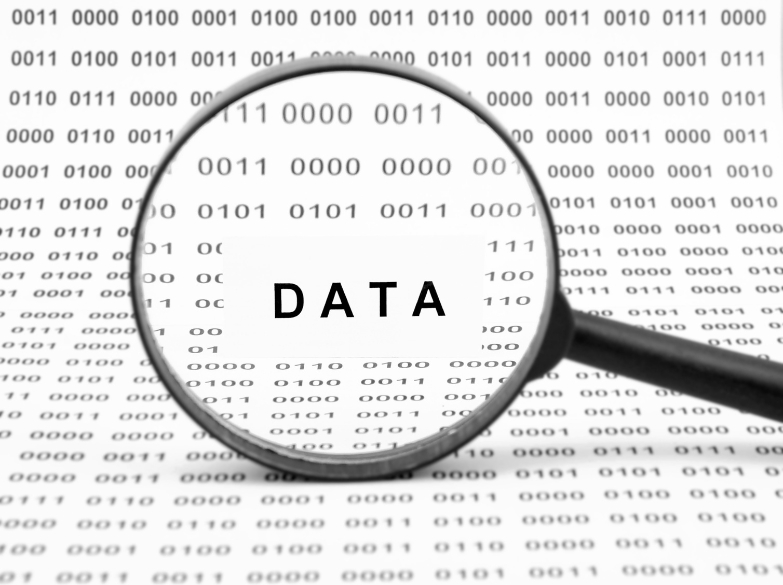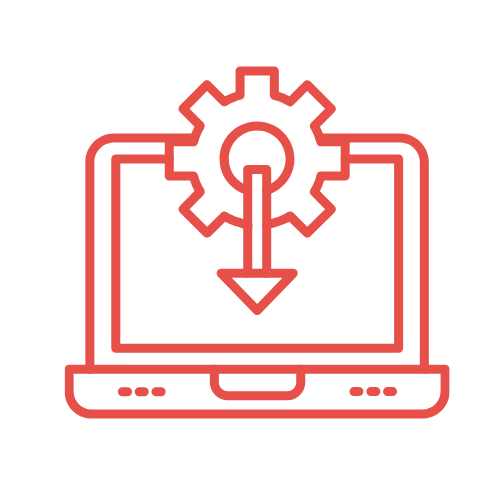
As the data collection methods have extreme influence over the validity of the research outcomes, it is considered as the crucial aspect of the studies

April 2025 | Source: Reuters
The U.S. Department of Health and Human Services (HHS) proposed big updates to the Health Insurance Portability and Accountability Act (HIPAA) Security Rule to strengthen cybersecurity in the healthcare industry. The proposed updates address rising cyber threats and the evolution of advanced technologies like artificial intelligence (AI) in healthcare.
Key Proposals in the HIPAA Security Rule Update
On December 27, 2024, the HHS’s Office for Civil Rights (OCR) proposed a host of new mandatory cybersecurity requirements for HIPAA-covered entities and their business associates:
| Requirements | Description |
| Mandatory Encryption | All ePHI must be encrypted both at rest and in transit (with limited exceptions). |
| Multi-factor authentication (MFA) | MFA is needed to ameliorate access security. |
| Network Segmentation | Organizations must segment their network to limit or contain breaches and protect the data classified as sensitive. |
| Risk Assessments | Entities must take a documented risk assessment, including keeping up-to-date rosters/inventories of technology assets, and, perhaps, network maps to assess and minimize risks. |
| Incident Response and Recovery Plans | Entities must have written incident response plans and restore functionality to the operationally necessary systems within 72 hours of the incident to meet current operational functionality requirements. |
| Annual Compliance Audits | Covered realities must take over periodic check-ups to ensure compliance with the Security Rule. |
These requirements are largely in response to the fact that there has been a 102% increase in large healthcare data breaches from 2018 to 2023 that impacted more than 167 million individuals in 2023 alone.

The changes being recommended are spurred by a spike in the significant number of threats occurring in the healthcare space. In 2024 a 264% increase in ransomware attacks that affected healthcare organizations.
Additionally, the advent of AI and other technologies has created a whole new set of vulnerabilities, and it is important to refine existing security measures to protect our clients` sensitive patient data.




The proposed changes to the HIPAA Security Rule represent a monumental shift towards strengthening the cybersecurity of the healthcare system. While the changes seek to protect sensitive patient data against evolving technology, they also pose both financial and operational challenges for all healthcare providers, especially small healthcare providers. The first proposed rule comes after consideration of public feedback from HHS, and the impact on healthcare providers will ultimately depend on HHS’s ability to balance the need for greater security with the practical implementation at all healthcare settings.
“Stay ahead in the AI-driven healthcare era – partner with Statswork for expert HIPAA compliance support. Secure your research integrity and patient trust today!”
WhatsApp us